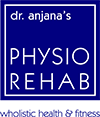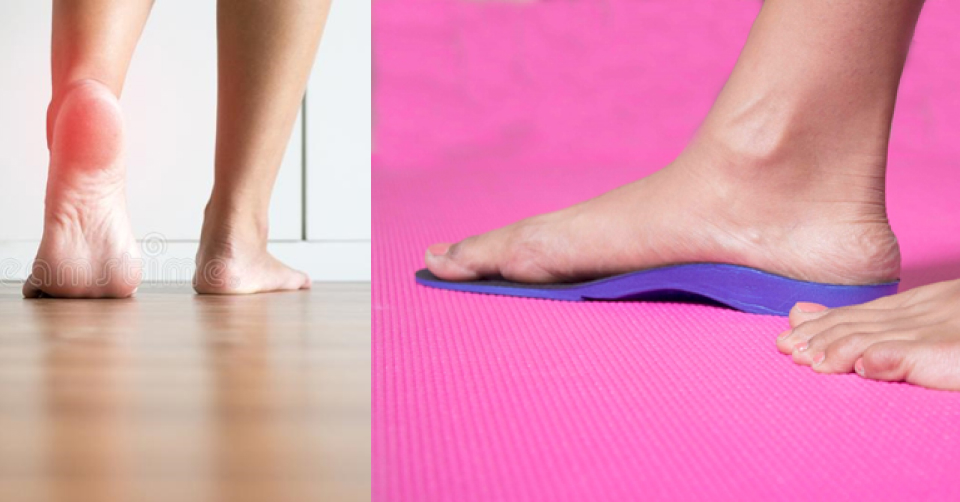
SCOLIOSIS
Scoliosis is an abnormal curvature of the spine where the spine instead of being vertically aligned tends to bend to one side and can be associated with rotation as well.
Commonly seen in growing kids and also in adults due to age-related wear and tear.
It can be a C or an S-shaped curvature depending on which level of the spine is involved.
Early screening and diagnosis are vital.
Investigations such as Spinal x-rays and Scanograms will help get clarity about the angulation of the scoliotic curve. In extreme cases, MRI may also be required.
Physiotherapists are well trained and equipped to do a detailed assessment and chart out a tailor-made strengthening and stretching program.
Main goal of Physiotherapy is to limit curve progression.
ROLE OF PHYSIOTHERAPY IN SCOLIOSIS
In acute cases bracing and pain management modalities can help alleviate pain.
Breathing and chest expansion exercises will help maintain and improve the lung capacity which tends to get affected in severe curvatures.
Elongation and stretching exercises specific to the curvature help to maintain a better vertical alignment.
Pilates-Strengthening of the core by using the upper and lower body as leverages also help maintain a better posture in the long run.
Pilates using equipment like the reformer, wunda chair, core align, ladder barrel show excellent results by challenging the core and helps with dynamic stretches too.
Footwear modification Some people might show a limb length discrepancy where one leg is shorter than the other and needs further correction in their footwear.
As much as exercises under supervision are required, a well-structured home exercise program is of utmost importance.
Regular re-assessments and timely exercise reviews help with a better prognosis.
Scoliosis is an area that has shown great results with intelligently planned physiotherapy programs.






